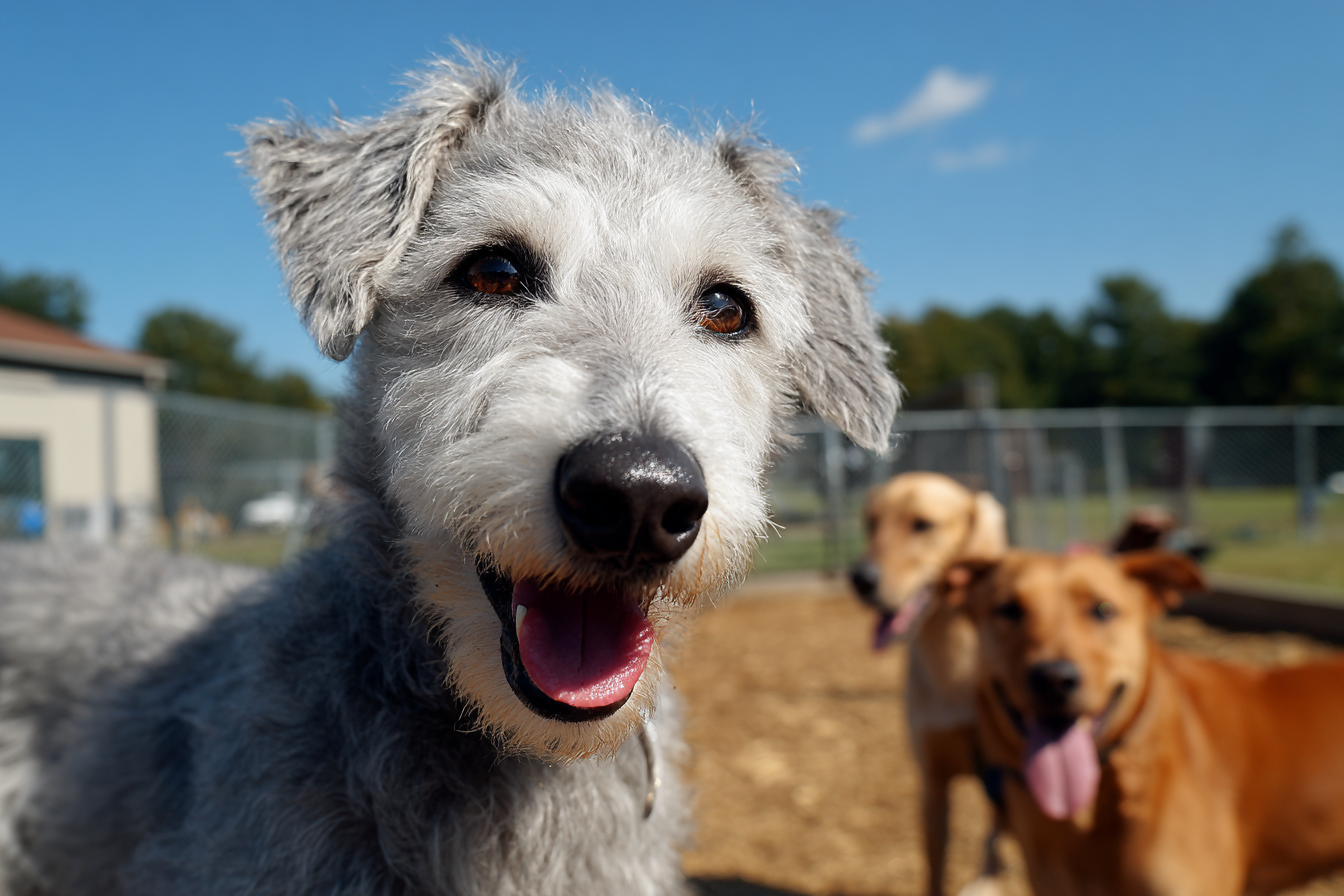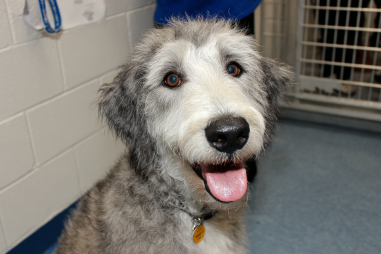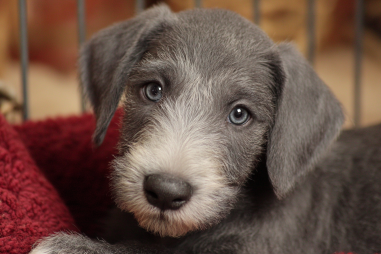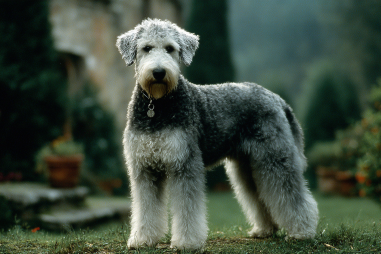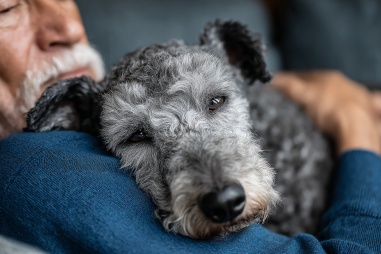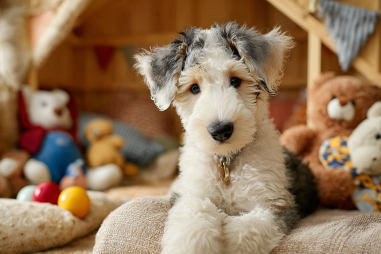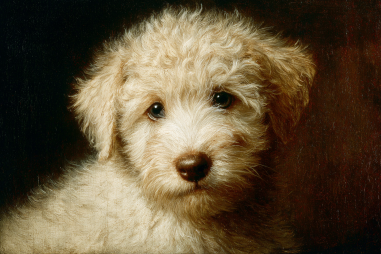Raising a confident and well-mannered Bedlington Terrier starts with proper socialization. This unique breed is known for its distinctive lamb-like appearance and lively personality, but like all dogs, Bedlington Terriers benefit immensely from early and consistent exposure to a variety of people, animals, and environments. Socialization isn’t just about preventing behavioral problems—it’s about building trust, confidence, and a happy relationship between you and your furry friend. In this article, we’ll explore key socialization tips that will help your Bedlington Terrier grow into a friendly, adaptable, and well-rounded companion.
Importance of Socialization for Bedlington Terriers
Socialization is a critical component of your Bedlington Terrier’s development. These dogs, while affectionate and intelligent, can sometimes develop anxieties or territorial behaviors if they are not properly introduced to different experiences during their formative months. Early socialization helps your dog learn how to navigate the world in a calm and confident manner. This process reduces fearfulness and aggression by teaching your dog that new people, other animals, sounds, and environments are part of everyday life—and not threats.
Without adequate socialization, Bedlington Terriers may demonstrate timidity or overprotectiveness, which can become challenging to manage as they mature. Effective socialization encourages positive associations and helps your dog develop skills that are vital for both home life and public outings, such as walking on a leash calmly, greeting strangers politely, and responding to commands in distracting environments.
Socialization During Puppyhood
The socialization window is most effective during a puppy’s first three to 16 weeks of life. During this golden period, your Bedlington Terrier puppy is most receptive to new experiences and less likely to be frightened by unfamiliar situations. Starting socialization early sets the stage for a confident adult dog that enjoys meeting new friends and exploring the world without fear.
Begin by exposing your puppy to different types of people—children, adults, people wearing hats or sunglasses, and individuals with diverse appearances and voices. Allow your puppy to explore common household noises such as the vacuum cleaner, doorbell, and kitchen appliances. Controlled introductions to other vaccinated dogs and friendly pets are important for learning appropriate play and social behavior.
It’s important to keep socialization sessions positive and gentle. Use treats, praise, and toys to reward your puppy for calm behavior and curiosity. If your puppy seems overwhelmed or frightened, take a step back and allow them to approach new experiences at their own pace.
Introducing Your Dog to Other Animals and People
Successful introductions to other animals and people are vital for fostering a Bedlington Terrier who is both friendly and well-behaved. Start by arranging meetups with calm, vaccinated dogs in neutral environments such as a park. Keep your puppy or dog on a leash initially and watch for signs of stress or overexcitement. Encourage calm greetings and use treats to reinforce positive interactions.
When introducing your Bedlington Terrier to new people, ask visitors to ignore your dog initially to avoid overwhelming your pet. Let your dog approach in their own time, then reward calm behavior with gentle petting and treats. This helps build trust and teaches your dog that new people are a source of good things.
Introducing your Bedlington Terrier to a variety of animals beyond dogs, such as cats or small pets, should be done cautiously and always under supervision. Make sure each encounter is short and positive to avoid fear or aggression. Pairing these introductions with playtime or feeding can help create positive associations across species.
Handling Shy or Aggressive Behaviors
Despite efforts in socialization, some Bedlington Terriers may develop shy or aggressive behaviors, often due to genetics, trauma, or inconsistent early experiences. It’s essential to address these behaviors with patience, understanding, and consistent training.
If your dog exhibits shyness, encourage slow exposure to new stimuli in low-pressure settings. Avoid forcing interactions that can deepen fear. Use treats and praise to reward bravery and curiosity, and gradually increase exposure to more challenging environments as your dog gains confidence.
Aggression can arise from fear, territorial instincts, or frustration. If your Bedlington Terrier shows signs of aggression such as growling, snapping, or barking excessively, consult with a professional dog trainer or behaviorist for tailored guidance. Avoid punishing aggressive behavior, as this can increase anxiety and worsen the problem. Instead, redirect your dog’s energy positively and work on obedience skills to establish leadership and control.
Activities That Encourage Positive Interactions
Engaging your Bedlington Terrier in activities that promote socialization can have lasting benefits. Here are some ideas to encourage positive social interactions:
- Puppy Classes: Enroll your puppy in a well-structured puppy socialization class where they can safely meet other dogs and people under expert supervision.
- Dog Parks: Visit dog parks during quieter hours to allow your Bedlington Terrier to interact with a variety of dogs in a controlled way.
- Group Walks: Join local dog-walking groups or arrange walks with trusted dog-owning friends to expose your dog to new environments and companions.
- Training Sessions: Practice obedience and tricks in different locations with distractions to build your dog’s confidence and focus.
- Interactive Play: Use toys and games to stimulate your dog and foster positive engagement with both people and other pets.
These activities help your dog not only socialize but also burn off energy in a constructive manner, reducing stress and potential behavioral problems.
Continuous Socialization Throughout Life
Socialization isn’t a one-time task; it’s an ongoing process throughout your Bedlington Terrier’s life. Even adult dogs benefit from continued exposure to new situations, as it keeps their minds sharp and helps prevent fearfulness or reactivity from developing later on.
Travel with your dog, visit new parks, meet new people, and regularly expose your Bedlington Terrier to different sounds and environments. Remember, each positive experience strengthens your dog’s confidence and ability to handle change.
Regular socialization also supports your dog’s mental health and well-being, reducing boredom and the likelihood of destructive behaviors. Consistency and patience are key to maintaining a happy, balanced companion.
With thoughtful socialization, your Bedlington Terrier can grow into an affectionate, confident, and adaptable dog who thrives in a variety of settings. Starting early, being patient, and making each new experience positive will help forge a lifelong bond built on trust and mutual respect.

